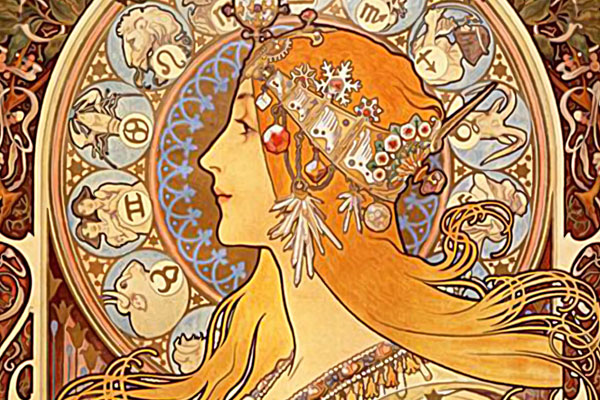Stamp: Feather and Primrose (Personalized and Private Mail Stamps 2010)
Feather and Primrose (Personalized and Private Mail Stamps 2010)
01 January (Personalized and Private Mail Stamps ) within release Austria : Markeneditionen goes into circulation Stamp Feather and Primrose face value 80 Euro cent
| Stamp Feather and Primrose in catalogues | |
|---|---|
| Colnect codes: | Col: AT-ME 2010-02 |
Stamp is square format.
Also in the issue Austria : Markeneditionen:
- Stamp - Amethyst and Ruby face value 80;
- Stamp - Biscuits Lefevre-Utile face value 80;
- Stamp - Champenois face value 80;
- Stamp - Feather and Primrose face value 80;
- Stamp - Lorbeer face value 80;
- Stamp - Salon des Cents face value 80;
- Stamp - Sarah Bernhardt face value 80;
- Stamp - Sarah Bernhardt face value 80;
Stamp Feather and Primrose it reflects the thematic directions:
Art Nouveau (French pronunciation: [aʁ nuvo], Anglicised to /ˈɑːrt nuːˈvoʊ/; at. Sezession or Secessionsstil, Czech Secese, Eng. Modern Style, Ger. Jugendstil or Reformstil, Ital. also Stile Floreale or Liberty, Slovak. Secesia, Russ. Модерн [Modern]) or Jugendstil is an international philosophy and style of art, architecture and applied art – especially the decorative arts – that was most popular during 1890–1910. English uses the French name Art Nouveau ("new art"), but the style has many different names in other countries. A reaction to academic art of the 19th century, it was inspired by natural forms and structures, not only in flowers and plants, but also in curved lines. Architects tried to harmonize with the natural environment.
Art Nouveau is considered a "total" art style, embracing architecture, graphic art, interior design, and most of the decorative arts including jewellery, furniture, textiles, household silver and other utensils and lighting, as well as the fine arts. According to the philosophy of the style, art should be a way of life. For many well-off Europeans, it was possible to live in an art nouveau-inspired house with art nouveau furniture, silverware, fabrics, ceramics including tableware, jewellery, cigarette cases, etc. Artists desired to combine the fine arts and applied arts, even for utilitarian objects.
Although Art Nouveau was replaced by 20th-century Modernist styles, it is now considered as an important transition between the eclectic historic revival styles of the 19th century and Modernism.
Painting is the practice of applying paint, pigment, color or other medium to a solid surface (support base). The medium is commonly applied to the base with a brush, but other implements, such as knives, sponges, and airbrushes, can be used. Painting is a mode of creative expression, and the forms are numerous. Drawing, gesture (as in gestural painting), composition, narration (as in narrative art), or abstraction (as in abstract art), among other aesthetic modes, may serve to manifest the expressive and conceptual intention of the practitioner. Paintings can be naturalistic and representational (as in a still life or landscape painting), photographic, abstract, narrative, symbolistic (as in Symbolist art), emotive (as in Expressionism), or political in nature (as in Artivism). A portion of the history of painting in both Eastern and Western art is dominated by spiritual motifs and ideas. Examples of this kind of painting range from artwork depicting mythological figures on pottery, to Biblical scenes rendered on the interior walls and ceiling of the Sistine Chapel, to scenes from the life of Buddha or other images of Eastern religious origin. In art, the term painting describes both the act and the result of the action. The support for paintings includes such surfaces as walls, paper, canvas, wood, glass, lacquer, clay, leaf, copper and concrete, and the painting may incorporate multiple other materials including sand, clay, paper, plaster, gold leaf, as well as objects. The term painting is also used outside of art as a common trade among craftsmen and builders.


